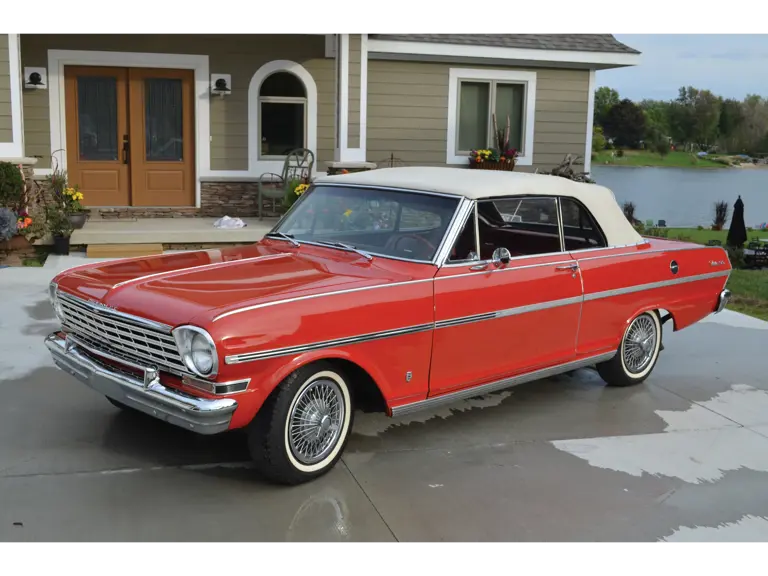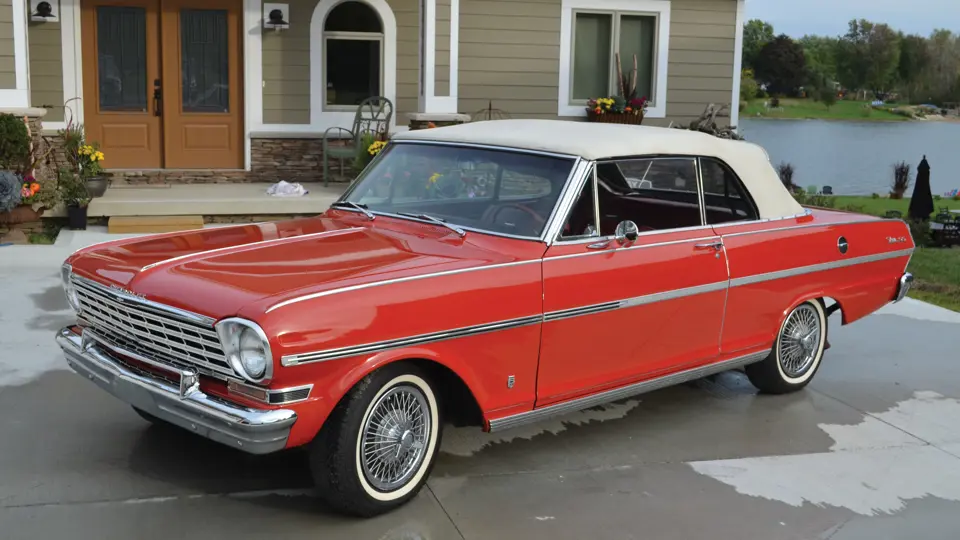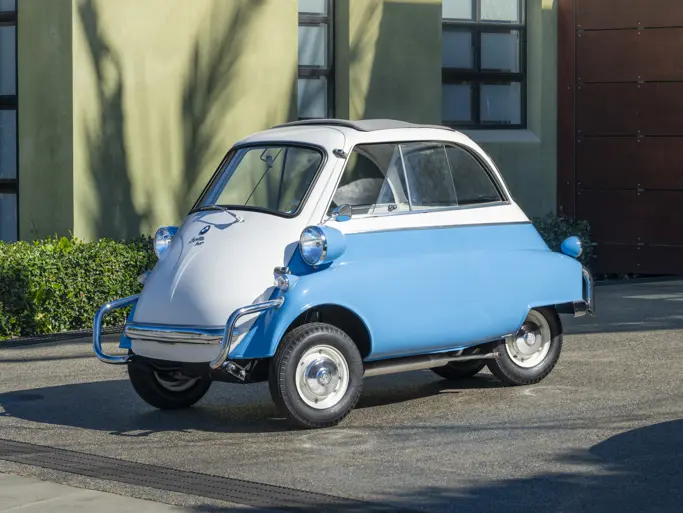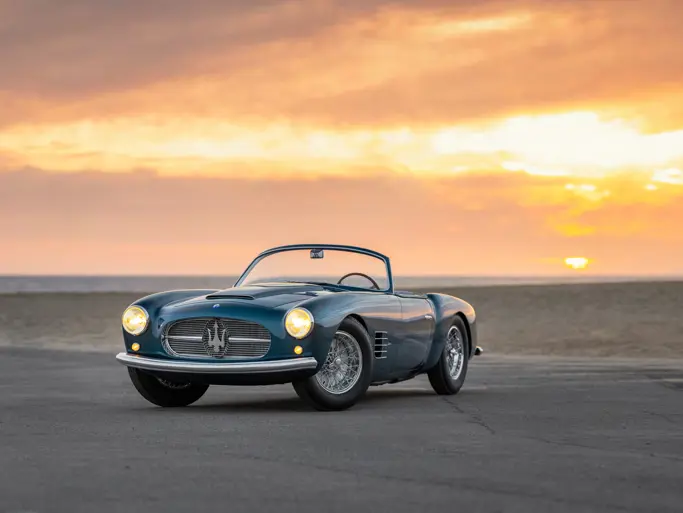 | Hilton Head Island, South Carolina
| Hilton Head Island, South Carolina
The early 1960s marked an industry-wide acknowledgement that American car buyers did not all believe ‘bigger is better’. There had been ‘compact’ cars in U.S. showrooms before; the popular Ramblers, the Willys Aero and the Hudson Jet, for example.
But in 1960 Ford, Chrysler and GM all added smaller cars to their lineup. The Falcon, Valiant and Corvair, respectively, captured more than 880,000 buyers and proved the Big Three forecasters correct in their belief that Americans would buy smaller cars from Detroit if they were available.
In 1962 GM added another model to the mix, in many ways a knock-off of the sales-leading Ford Falcon. Dubbed the Chevy II, it was a low-cost, low-tech but well-built car and buyers snapped up 326,607 of them. The following year a new nameplate was added, the Nova SS. At an added cost of $161, buyers got spinner hubcaps, special trim and instrumentation, bucket seats and a deluxe steering wheel.
The 1963 Nova SS offered here is powered by a 230-cid, 140-hp inline six-cylinder engine that is paired with a four-speed manual transmission. Finished in Palomar Red with a red interior, this Nova SS was cosmetically restored about 10 years ago and is reported to be “a real SS.” Among the equipment are bucket seats, wire wheel hubcaps, whitewall tires, AM radio and a power-operated top that is white in color.
It is not a musclecar, it is not a luxury car, but it is a very clean example of Chevrolet’s entry in the compact sweepstakes of the early sixties. The successful bidder will have a solid, dependable, easy-to-maintain vehicle, exactly the reasons people purchased them new in 1963.





